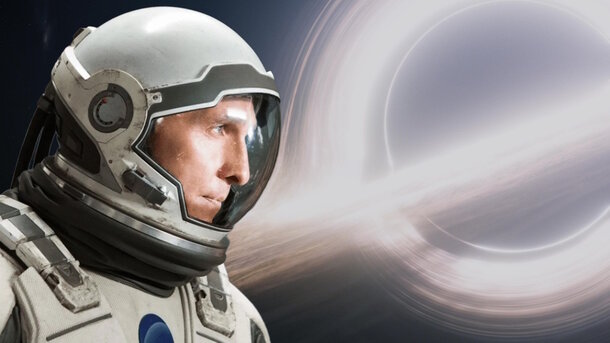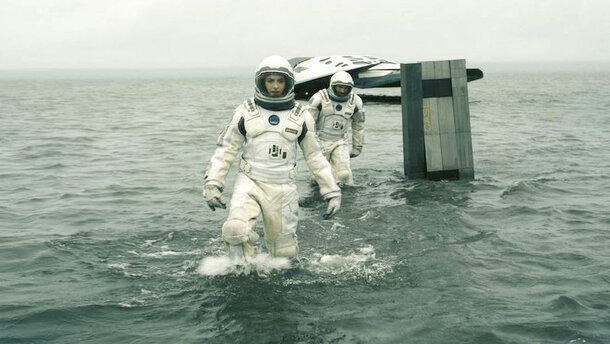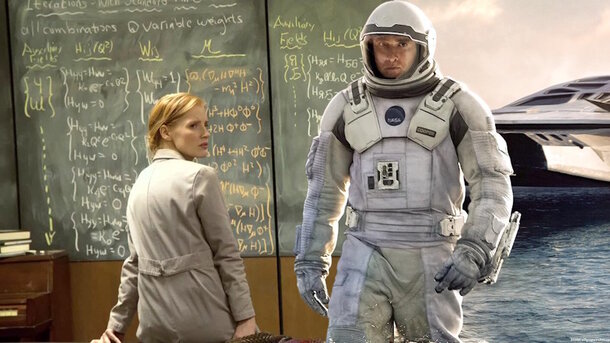In Christopher Nolan’s Interstellar, the supermassive black hole Gargantua plays a central role in the story, serving not only as a key plot element but also as the source of groundbreaking visual effects.
Rendering the black hole for Interstellar was a true technological breakthrough: experts applied cutting-edge algorithms to simulate gravitational lensing, ensuring that every detail was calculated with exceptional precision.
An interesting fact: individual frames featuring Gargantua required around 100 hours of computation, with the total data volume reaching 800 terabytes. This meant that each second of footage could take up to 100 days of work to produce a scientifically accurate and visually stunning result.

This meticulous approach not only enhanced the sense of immersion in the extreme conditions of space but also set new standards in computer graphics, showcasing how close collaboration between scientists and filmmakers can transform the perception of the sci-fi genre.










